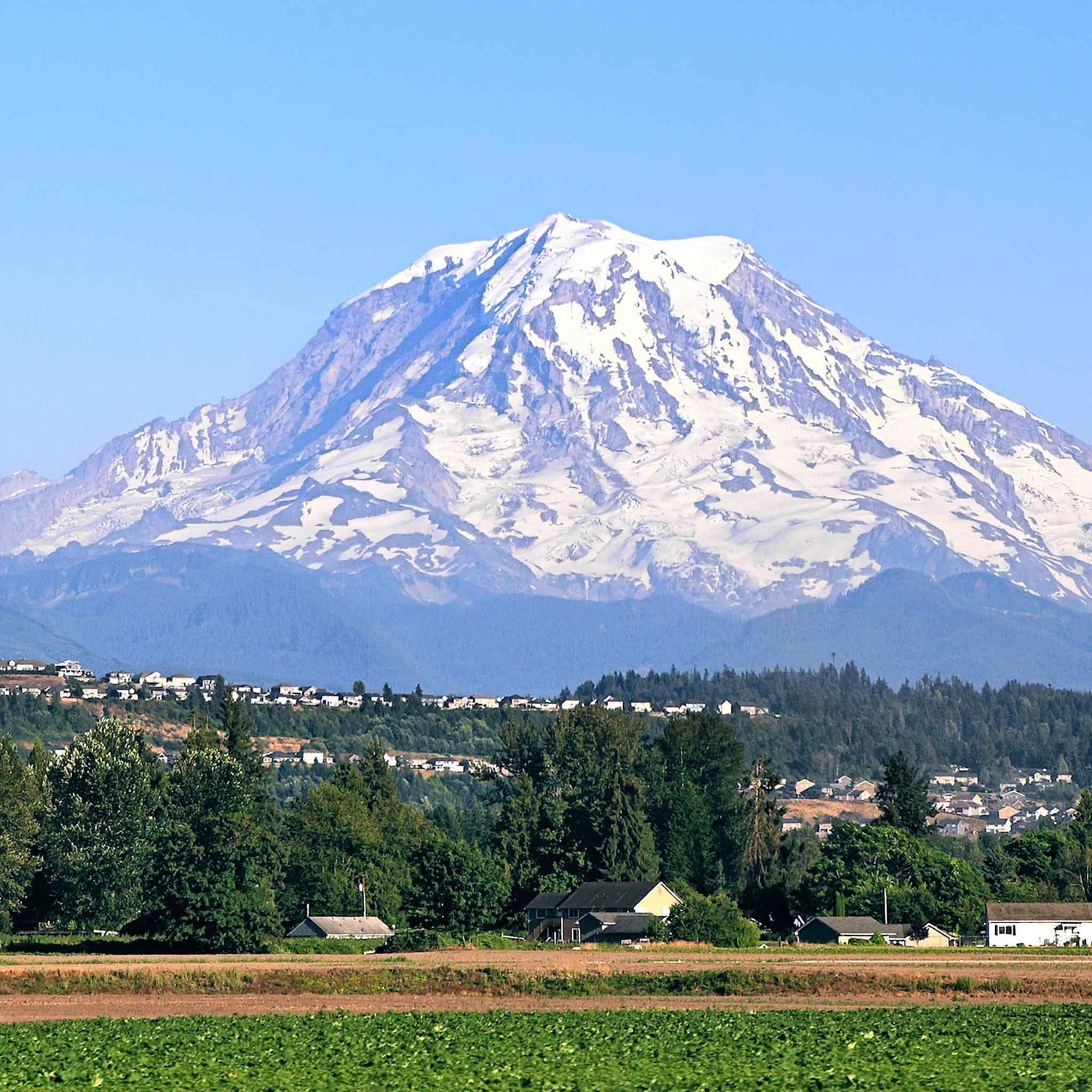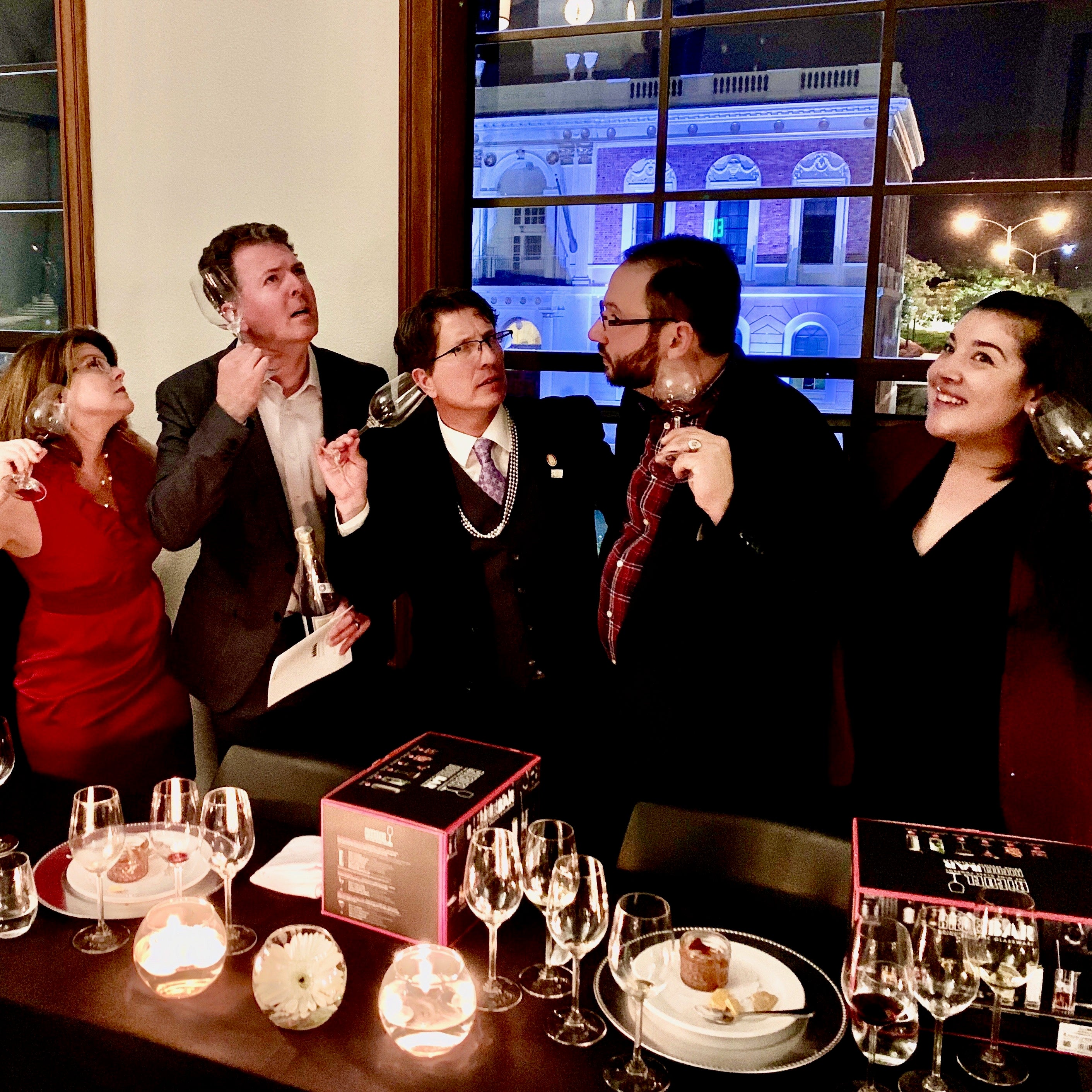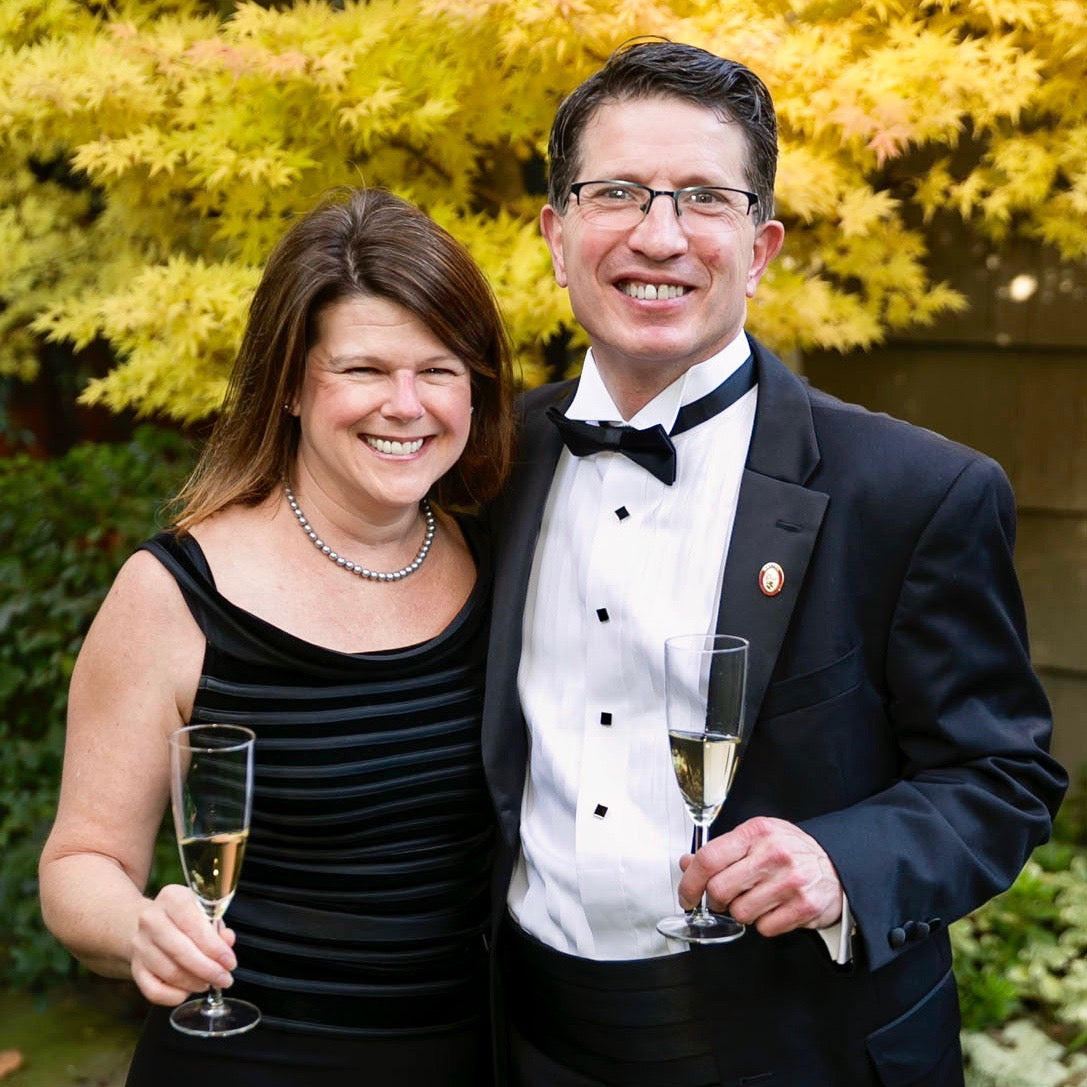Most wine enthusiasts and many professionals don’t know much about wine regions of the Pacific Northwest. That part of the country isn’t highly populated and the wine appellations are somewhat removed from the big cities. Tourism focuses on places such as Seattle and Portland, rather than the vineyards. And California captures not just most U.S. wine sales, but also most of the mindshare.
California represents about 85% of U.S. wine production. But most of the rest comes from the Pacific Northwest. Washington State is the country’s second-largest wine producing state. Oregon is fourth and crafts a disproportionately high number of top-scoring wines. Then there’s British Columbia which, if it were a U.S. state rather than a Canadian province, would have the fifth-most wineries.
There are fabulous wines coming from the Pacific Northwest. The wine regions are distinct both scenically and in the personalities of their wines. The area provides wine lovers with compelling options for dozens of grape varieties and blends. Here’s a quick look at some Pacific Northwest wine regions.
Washington State Wine Regions
America’s second-biggest producer doubled its acreage and production over the past 20 years. It continues to grow rapidly. Nearly 1,000 wineries support 305+ growers in 16 AVAs. Cabernet Sauvignon is king in Washington. Perhaps surprisingly, Riesling leads the white varieties.
99% of all wine grape production is in the eastern part of the state. There, the Cascade Mountains separate the vineyards from the Pacific Ocean’s cold, moist winds. So, vineyards enjoy long, warm, sunny days during the heart of the growing season, perfect for robust red varieties.
Columbia Valley AVA
Larger than the entire country of Denmark, the Columbia Valley AVA contains all but three of the other 15 Washington AVAs. Extremely dry weather necessitates irrigation, but also means there’s little vintage variation. The AVA is so large, though, that nested AVAs are crucial to highlighting differences within its growing zones.
Horse Heaven Hills AVA
The vineyards here face south, sloping down toward the adjacent Columbia River. That exposure makes ripening easy, thus the AVA has nearly 25% of all the planted acres in Washington. It excels at Cabernet Sauvignon, Merlot, Riesling and Syrah. Its Champoux Vineyard, planted in 1972, is one of the state’s oldest viticultural icons.
Yakima Valley AVA
Even larger than Horse Heaven Hills is the Yakima Valley AVA. Its size, long history, and more northerly latitude make it a diverse growing area. On one hand, it has the state’s oldest Cabernet Sauvignon vines, planted in 1957. On the other, Yakima Valley produces half of all Washington Chardonnay.
Royal Slope AVA
Royal Slope was added to the roster of Washington AVAs just one month ago on September 14. Cooler than its neighbor, the Wahluke Slope AVA, Royal Slope excels with both red and white grape varieties. Washington State’s first 100-point Syrah came from Royal Slope.
Oregon Wine Regions
Though only separated from Washington by the Columbia River, Oregon is nearly a viticultural opposite. The vast majority of Oregon’s vineyards are west of the Cascade Mountains. Its growers and winemakers embrace the Pacific Ocean’s influence and produce world-class, cool climate varieties—especially Pinot Noir.
There’s another way in which Oregon wine country differs from Washington. Oregon focuses heavily on small, low-yielding, sustainable vineyards and on low-production wines. Some wineries in California make more wine each year individually than does the entire state of Oregon.
Willamette Valley AVA
While Oregon’s wine-growing is well-distributed throughout the western third of the state, Willamette Valley does dominate in both volume and mindshare. And, like the Columbia Valley AVA, the Willamette Valley AVA is quite large. It’s bigger than the state of Connecticut and its nested AVAs identify distinctive growing zones.
Factors that differentiate those AVAs include soil types, altitude, slope, facing, and degree of exposure to cold, Pacific air. Pinot Noir is quite transparent to these differences and shows particular characteristics in each AVA. One thing those wines have in common, though, is ability to age. In fact, high-quality Willamette Valley Pinot Noir often doesn’t approach peak-drinking until its tenth birthday.
Dundee Hills AVA
Here you find the vines of Eyrie Vineyards, Oregon’s pioneer of post-Prohibition winegrowing, and also Domaine Drouhin, the first Brugundian producer to invest in the state. Dundee Hills Pinot Noir is arguably the most fine-boned and ethereal in the Willamette Valley. But it’s no shrinking violet and ages magnificently.
Van Duzer Corridor AVA
This AVA celebrates the winds which stream inland from the Pacific. They funnel through a gap in the Coast Range of mountains—that’s the Van Duzer Corridor. So, this AVA has the coolest climate of the nested appellations. Its wines are lean, taut, and so energetic they seem to vibrate.
Chehalem Mountains AVA
This zone is furthest from the ocean, yet cooled somewhat by altitude. Greater phenolic ripeness leads to rounder, more softly textured Pinot, lush with red cherry. Like all the other Willamette Valley AVAs though, Chehalem Mountains is versatile. It also excels at Pinot Gris, Chardonnay, Riesling, Gamay, and a host of other varieties native to France and Italy.
The Rocks District of Milton Freewater
The Rocks District is Oregon’s starkest contrast to the Willamette Valley. Located in northeastern Oregon, it’s actually nested within both the Columbia Valley and Walla Walla Valley AVAs. The first AVA to be defined by one, specific soil type. The vineyards are deep—sometimes more than 100 feet—piles of grapefruit-sized rocks, which were deposited by melting glaciers at the end of the last ice age. That “soil,” and the warm, dry, continental climate makes The Rocks District a fabulous region for complex, intense, textured Cabernet Sauvignon and southern Rhone reds.
British Columbia (BC), Canada Wine Regions
Most Americans have never tried a Canadian wine. For those who have, it’s probably been limited to ice wine, or perhaps Riesling. But there are really interesting—and delicious—things happening in the Canadian wine world.
The two most important Canadian provinces with respect to wine are British Columbia and Ontario. British Columbia is a very large province in Canada’s southwest, located just north of Washington State. In some ways, British Columbia is a hybrid of Oregon and Washington.
The western portion of BC is, like the Willamette Valley, heavily influenced by the Pacific Ocean. The region is quite cool and best suited to grapes such as Chardonnay, Pinot Noir, and Riesling, as well as French-American hybrids. The eastern side is in, and just beyond, the Cascade Mountains. So, as with the Columbia Valley AVA, the climate is continental with dry, warm summers.
Okanagan Valley GI
The Okanagan Valley is, by far, the best-known and largest-producing Geographical Indication in BC. [GIs are similar to American AVAs.] 84% of all BC vineyard acres are there.
Lying in the rain shadow of the Cascade Mountains, the Okanagan Valley gets very little precipitation. In fact, it is Canada’s only desert. Irrigation is essential to the vineyards there.
Because of its northerly latitude, the Okanagan Valley is sunny for two hours longer each day than Napa Valley during the heart of the growing season. And peak temperatures can reach 100°F. However, the area cools dramatically at night. That, coupled with a short growing season and abbreviated sunlight hours at the beginning and end, mean it’s a moderate-to-warm grape-growing region overall. Top grape varieties of the Okanagan Valley are Merlot, Pinot Gris, Pinot Noir, Chardonnay, Cabernet Sauvignon, Gewürtztraminer, and Cabernet Franc.
This article just scratches the surface of the fabulous wine regions of the Pacific Northwest. The San Francisco Wine School offers a four-workshop, certification course on the area—Northwest Wine Appellation Specialist. We have a session beginning very soon. Check it out. We’d love to share more about the area with you, and let you taste some of its compelling wine.



